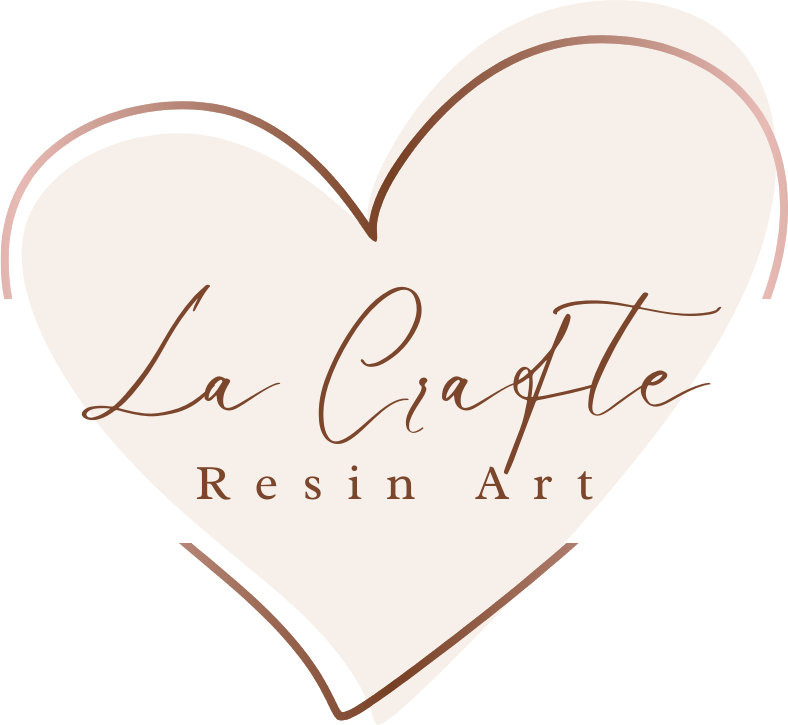Resin is a clear plastic-based material that’s a two-part system of a liquid resin and a hardener.
When mixed, these components chemically bond and harden into a durable, rock-hard, glossy, and versatile solid material. Resin can be used for a variety of applications, including art projects, home décor, jewellery, and even for protecting electronics.
Here’s a more detailed breakdown:

Composition:
Resin is typically a two-part system, with a liquid resin and a separate hardener.
Hardening Process:
The hardening process is a chemical reaction that occurs when the resin and hardener are mixed together.
Types:
There are various types of resin, each designed for specific purposes. For example, ArtResin is designed for artistic projects, while other resins are used for encapsulating electronics or creating composite materials.
Properties:
Once cured, resin is known for its durability, resistance to chemicals and water, and glossy, clear finish.
Applications:
Resins are widely used in art, crafts, home décor, jewellery making, and various industrial applications, such as protecting electronic components and creating composite materials.
Natural vs. Synthetic:
Resins can be either natural or synthetic, with natural resins often being derived from plant sources and synthetic resins being manufactured from petrochemicals.
